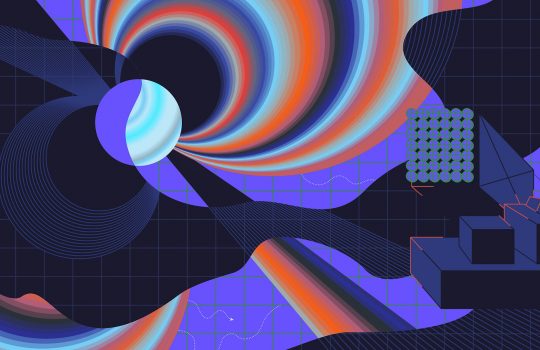A quantum leap for Chicago’s tech economy?
- Argonne
- Argonne National Laboratory
- Department of Energy
- DOE
- quantum computing
- quantum information science
- quantum science
- quantum sensor
- SQMS Center
- Superconducting Quantum Materials and Systems Center
From Crain’s Chicago Business, Aug. 26, 2020: A pair of big-money federal research grants give Chicago a ground-floor opportunity in a field many expect to transform computing. Fermilab and Argonne are among five national laboratories that will get $115 million apiece to study quantum computing.

